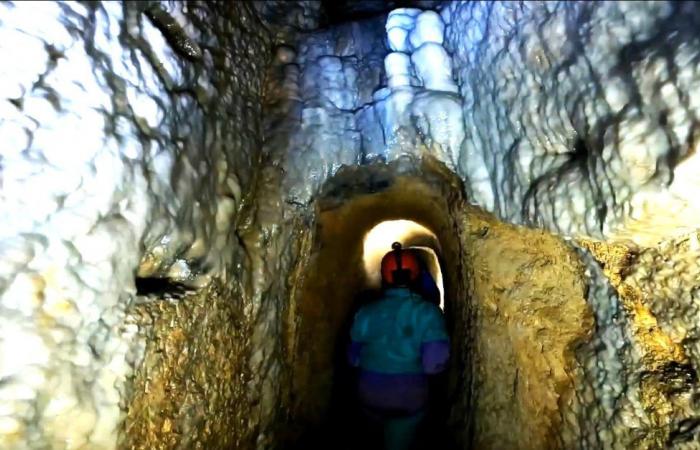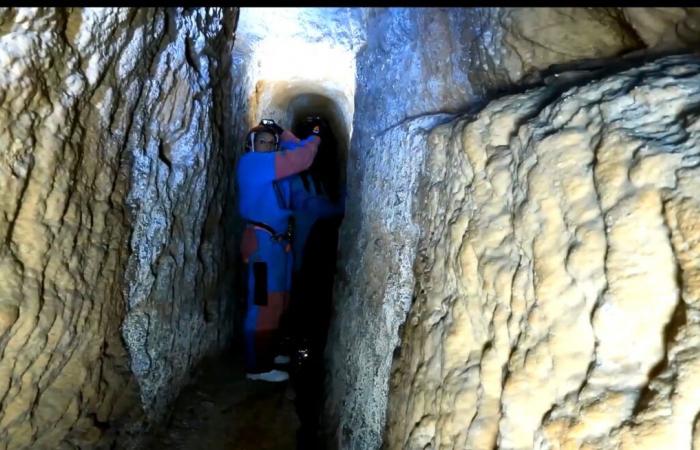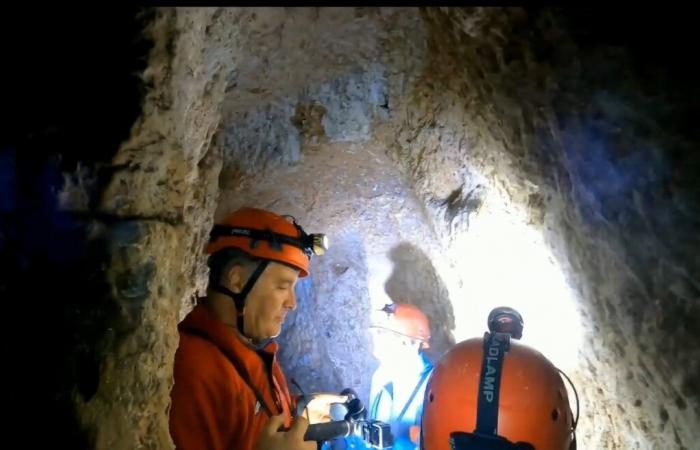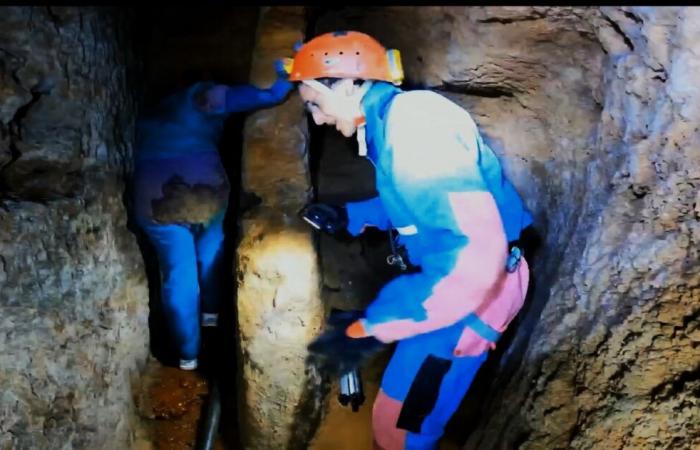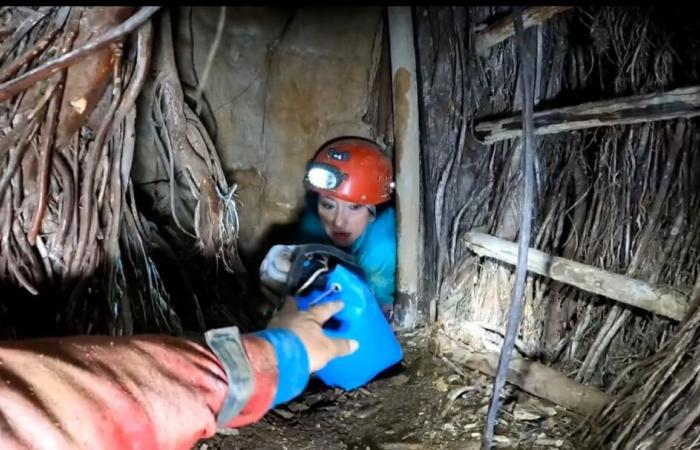The Dauno Speleological Group is currently conducting complex inspections and historical-scientific research on the Bonamorone hypogeum, a hydraulic work dating back to the 4th-5th century BC, located in the municipality of Agrigento, which feeds the fountain of the same name. The ancient aqueduct extends for about a kilometer of tunnels, and then connects to other underground complexes present in the same area.
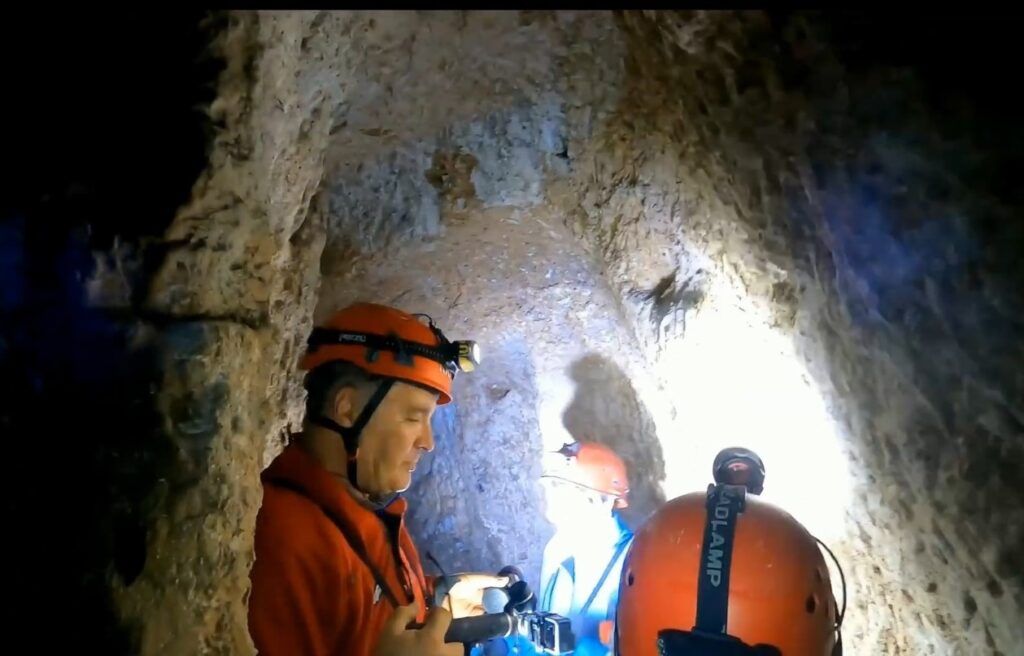
“Currently, in addition to accurately photographically documenting this hypogeum – explain the speleologists of the Dauno group – macrophotographs and casts of the traces left by the tools used for the excavation are being collected. This data will then be compared with that of other hypogea to verify whether the same tools were used in other works and what excavation techniques were adopted. These comparison methods are similar to those used by forensic scientists. Furthermore, the obvious fossils embedded along the walls of the hypogeum have also been precisely documented.”
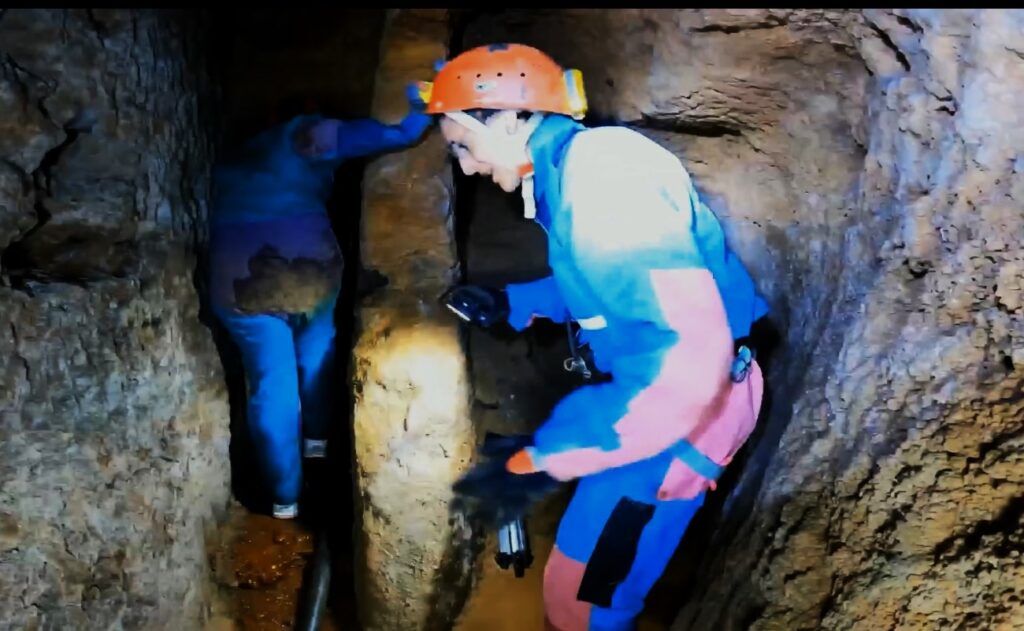
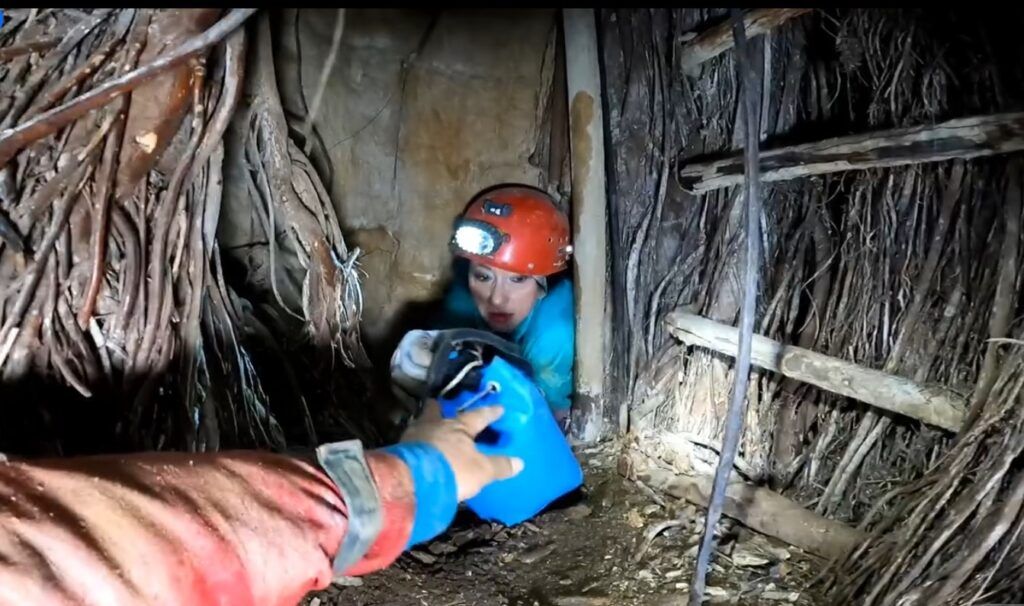
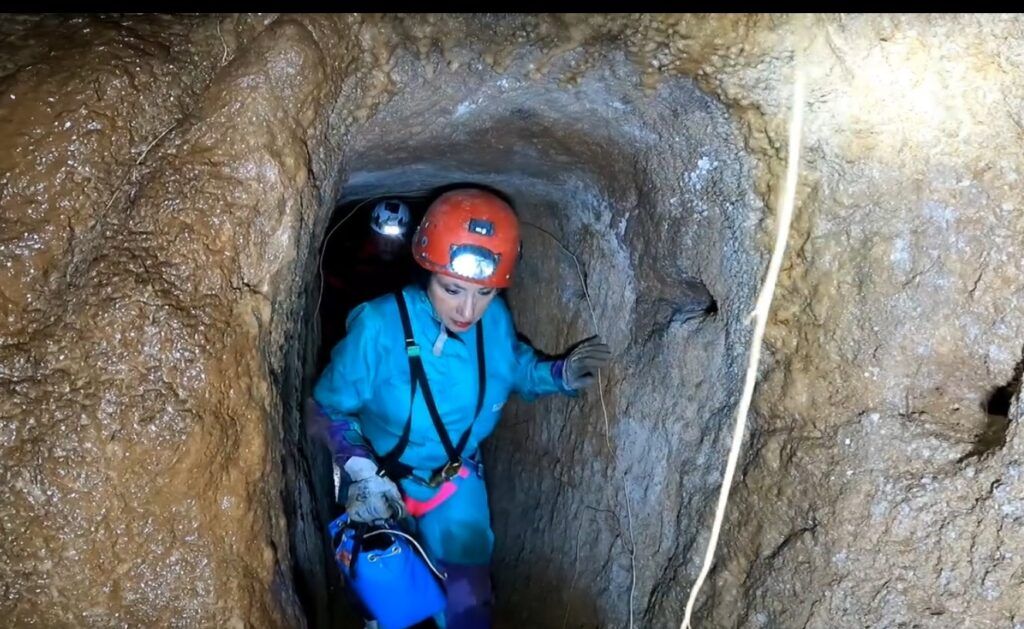
“During these inspections, with great surprise – states the Dauno Speleological Group – various engravings made in more recent times were found, probably by people who were responsible for the maintenance of the hypogeum. Among these engravings, a cross stands out with an engraved date of 1700. Other engravings, writings and various drawings have also been discovered, some of which date back to 1400 or 1100, yet to be documented and many covered by a thin limestone patina but easily readable . In-depth historical research will be undertaken on these engravings.”
The short video of the exploration Click here

Previous Item
“Memories bloomed the violets…” – De Andrè’s music was written 200 years earlier by Telemann. Listen

